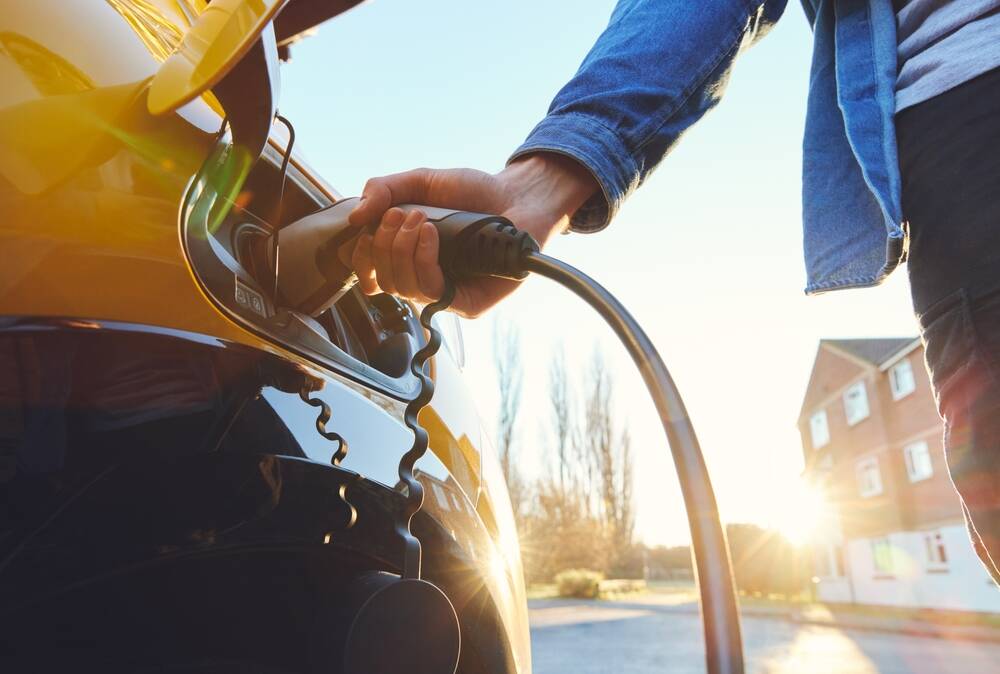The market share of battery electric vehicles (BEVs) is declining in Europe while hybrid electric cars are proving more popular.
According to figures from the European Automobile Manufacturers’ Association (ACEA), BEVs accounted for 12.5 percent of the EU car market, a drop from 13.8 percent a year ago. Hybrid electrics, however, grew from 25 percent to nearly 30 percent.
The combined share of petrol and diesel cars dropped below half – falling from 52.1 percent to 48.5 percent.
The decline in Germany was marked, with a 30.6 percent fall in new BEV registrations, although France recorded modest growth at 5.4 percent.
Overall, new car registrations were down by 3 percent in May 2024, according to ACEA.
Several factors are behind the fall in market share. Electric vehicles in the EU tend to be more expensive than their traditionally powered siblings, and charging infrastructure in the region requires investment if the EU’s CO2 reduction targets are to be met.
Another survey [PDF] found the top three challenges facing BEVs were price, a lack of availability of private recharging, and too few public recharging points.
A recent report found that at the end of 2023, the EU had 632,423 public charging points, serving around 3 million BEVs. An estimated 410,000 new points would be required annually to meet a target of 3.5 million charging points by 2030.
According to the UK’s Society of Motor Manufacturers and Traders, the BEV market share in the UK for the year to May 2024 stood at 16.1 percent, slightly up from the same period last year, when the figure was 15.7 percent.
A survey with more than 19,000 respondents – of which just over 2,000 were BEV drivers – by the European Alternative Fuels Observatory found that just over half of non-electric car drivers (57 percent) were considering an electric car purchase, but nearly two-thirds of all respondents considered cost as a barrier.
Range was also a factor, with non-BEV drivers wanting at least 500 km of range, while more than 80 percent of BEV drivers were happy with 201-400 km and described their range as “usually or always enough.”
However, those same BEV drivers expressed dissatisfaction with charging infrastructure and understanding what they would have to pay once they’d managed to find an operational charge point.
More than three-quarters preferred to charge their vehicles at home. ®

